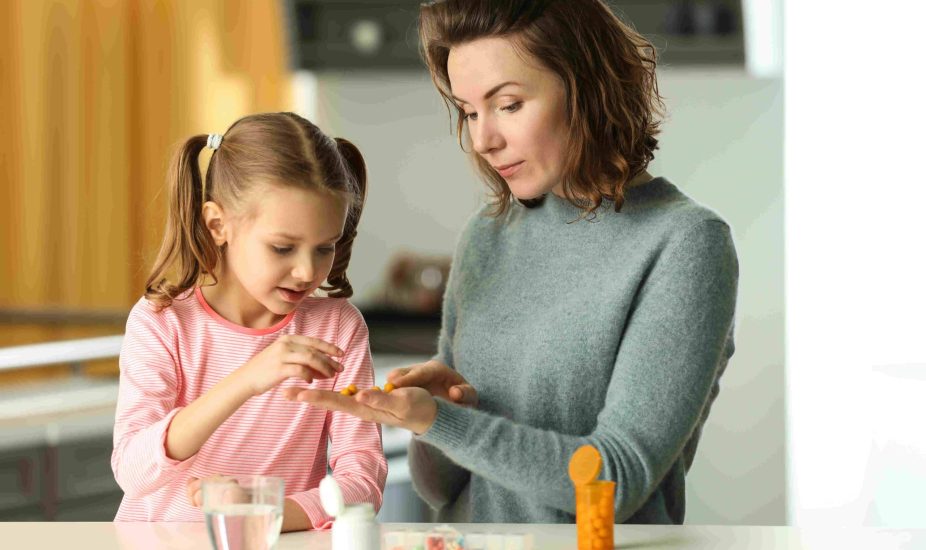Many of us grew up on the D.A.R.E. program. As we can all remember, the message was simple: “Just Say No.” But unfortunately, although the program was well-intentioned, it had dismal results. That’s led some to have a cynical or skeptical view of any substance awareness program.
That being said, prevention is just as relevant and vital for kids today as it was in the 1980s. Collectively, we’re all realizing that proper intervention and prevention work isn’t accomplished through a slogan or quick education campaign but rather an intentional and comprehensive approach that starts when kids are really young.
In fact, we’re learning that proper substance use prevention strategies start as early as preschool. Author Jessica Lahey has a new book called The Addiction Inoculation: Raising Healthy Kids in a Culture of Dependence, highlighting the importance of early and ongoing conversations with kids.
In an interview with the Center for Parent & Teen Communication, Lahey says, “We need to have conversations from a very young age about health — things we take into our body and things we don’t:
- Why we spit out the toothpaste instead of swallowing it.
- Why Mommy’s name is written on the label for this drug, not Daddy’s name, or the child’s name, and why that is: This drug is specifically for Mommy’s height and weight and disease and the way her body works and not for someone else.
A parent who’s had that conversation about prescription bottles will be a lot more likely to have that secondary conversation later on about why the opiates in the medicine cabinet are off-limits.”
The Partnership to End Addiction team shares a few practical ways parents and educators of preschoolers can lay the groundwork for a substance-free lifestyle, too.
In ordinary scenarios like giving your kid their daily gummy vitamin or while out and about and seeing someone using a vape pen or smoking a cigarette, be mindful that those situations are ripe for opportunities to explain the differences between healthy and unhealthy choices.
Read prevention tips with scenarios and scripts for ages 2-18:
Most importantly, the best prevention work for young kids is the ongoing decisions we make in front of them.
Making healthy choices and explaining why we make them will likely allow your voice to become a kid’s internal voice as they face the same decisions later.
It might not seem dramatic, but what we model for kids will most likely predict what they do when they become adolescents and young adults.

